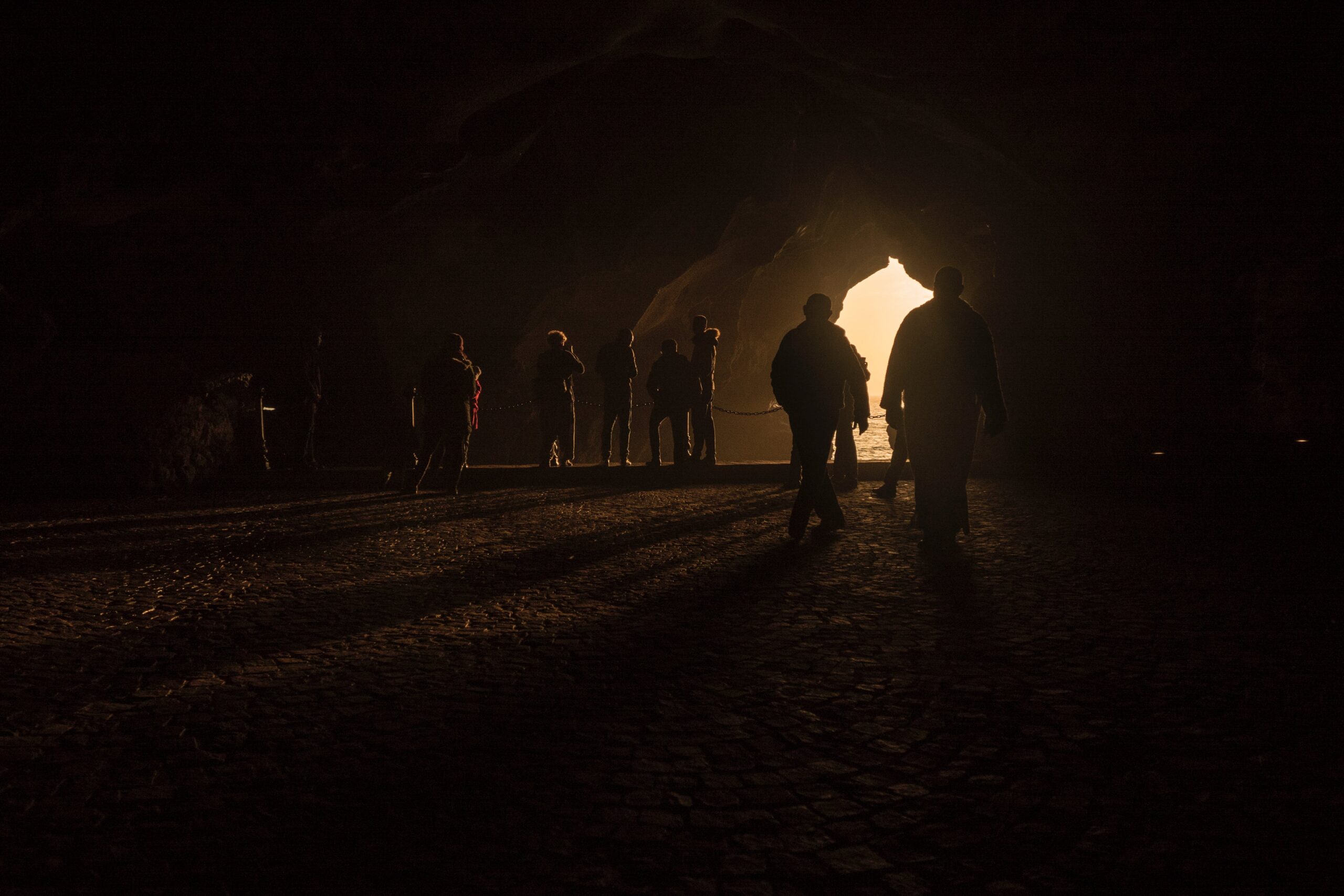The ongoing rescue operation at the under-construction Silkyara tunnel in Uttarakhand has become a formidable task, marking it as one of the most challenging tunnel rescues, according to Australian underground expert Arnold Dix. The tunnel collapse has left 41 workers trapped for over two weeks, shedding light on the complexities involved in the rescue efforts.
The Silkyara tunnel is a crucial part of the ambitious $1.5 billion Char Dham project, spanning 890 km and connecting significant Hindu pilgrimage sites through two-lane paved roads in the Himalayan state. The rescue operation faces hurdles, including a breakdown of the main drilling machine and the need to clear a 60m blockage. Arnold Dix emphasizes that the stakes are exceptionally high, as the objective is not only technical but involves ensuring the safety of every trapped individual.
The Himalayan region’s unique geological conditions add a layer of complexity to the crisis. Uttarakhand, situated in the northern Himalayas, experiences seismic activity due to the collision and folding of continental plates that formed the world’s youngest mountain range about 45 million years ago. The region’s rocks, including phyllite, shale, limestone, and quartzite, vary in strength, contributing to its inherent instability.
Understanding the broader significance of the Char Dham project is crucial. The project spans four districts in Uttarakhand, a region that serves as the birthplace of the Ganges and its major tributaries, providing water and food for over 600 million Indians. The landscape is vital for India’s climate, acting as a significant carbon sink, absorbing and storing carbon dioxide to mitigate greenhouse gas emissions.
Environmentalists express concerns about the extensive infrastructure development, including road tunnels, in the fragile Himalayan ecosystem. The intensified tunnel work over the last two decades, part of various projects such as railways and hydropower, raises questions about the region’s suitability for such massive construction. Landslides and environmental degradation have been reported, with Uttarakhand experiencing over 1,000 landslides this year, leading to fatalities.
The tragedy prompts reflection on the importance of a terrain-specific approach to infrastructure projects in the Himalayas. Environmentalists advocate for disaster and climate-resilient development, emphasizing the need for improved policies and engagement with stakeholders to safeguard environmentally fragile pilgrimage sites. The prolonged rescue operation serves as a poignant wake-up call, urging a reevaluation of construction practices and environmental considerations in the Himalayan region.
![]()
